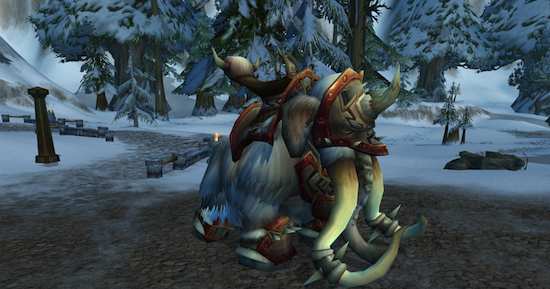Mammoths Survived Cold with “Antifreeze Blood”
According to a study recently published in Nature Genetics, scientists may have just figured out one of the adaptations by which now-extinct mammoths survived extremely cold temperatures during the Ice Age: so-called “antifreeze blood.” More specifically (BBC level of specificity): “a genetic adaptation allowing their haemoglobin to release oxygen into the body even at low temperatures.” Even more specifically (Nature Genetics level of specificity): “We identify amino acid substitutions with large phenotypic effect on the chimeric β/δ-globin subunit of mammoth hemoglobin that provide a unique solution to this problem and thereby minimize energetically costly heat loss.” Fun!
In essence: The geneticists took some frozen woolly mammoth DNA, found genes coding for the production of hemoglobin [the oxygen-carrying protein in red blood cells], and used it to make E. coli into mammoth hemoglobin factories. They then compared that hemoglobin to hemoglobin from Asian elephants and found key changes that allowed for low-temperature oxygen transfer.
In diagram form:
There may not be any immediate applications here until we start gene-hacking our offspring to live on cold Martian bases, but it’s a neat example of the intersection between physiology and genetics.
Have a tip we should know? tips@themarysue.com
